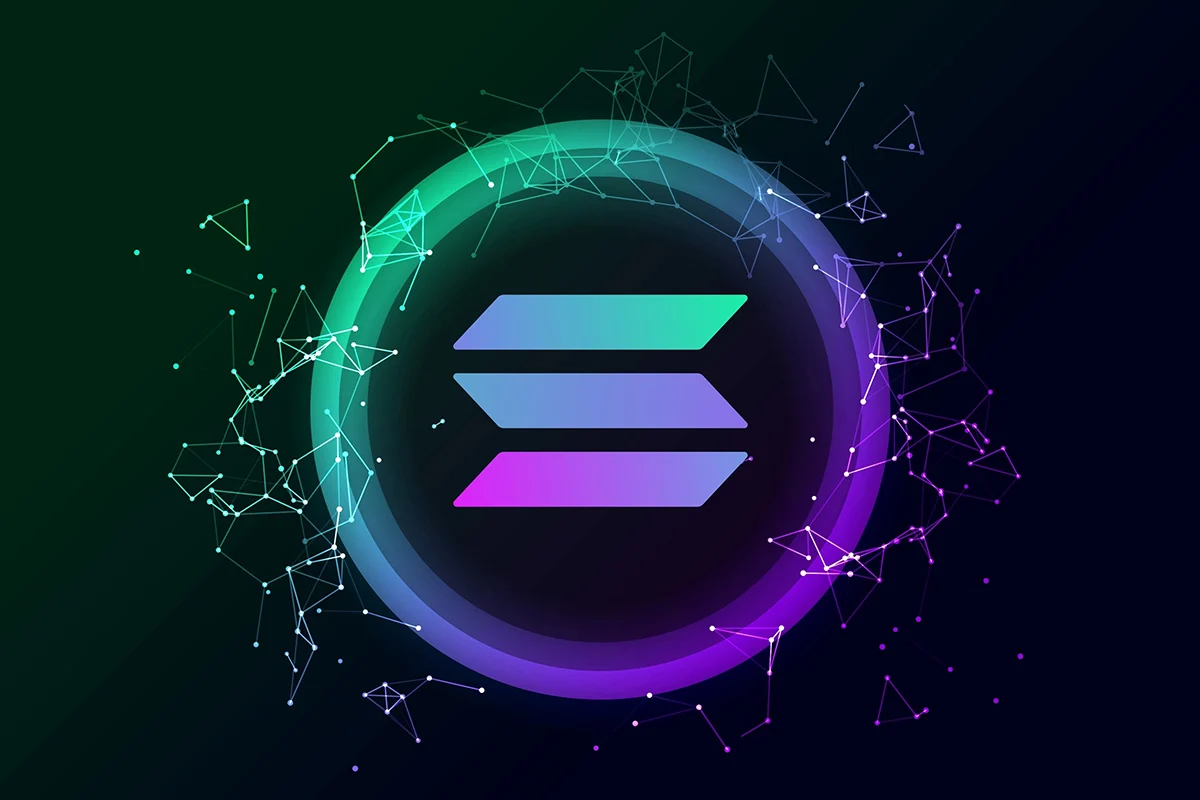TLDR
- Solana’s speed improvements make it ideal for blockchain-based finance.
- Global financial leaders recognize Solana’s disruptive role in tokenization.
- Solana’s settlement speed decreased from 400 to 150 microseconds.
- Market pressure suggests Solana may face continued bearish momentum.
Bitwise CIO Matthew Hougan has raised eyebrows by claiming that Solana is fast becoming “the new Wall Street.” His statement reflects the growing recognition of blockchain technology, particularly stablecoins and tokenization, as transformative forces in global finance. As top financial figures from the SEC, Bank of England, and BlackRock signal the potential of digital assets, Solana’s technical capabilities are positioning it as a key player in reshaping the future of payments and securities.
Solana’s Technical Edge Drives Investor Attention
Hougan pointed out that Solana’s impressive technical features make it particularly appealing to investors looking to gain exposure to blockchain technology. He highlighted the blockchain’s speed, throughput, and near-instant finality as major factors contributing to its rising popularity. Specifically, Solana’s settlement speed improvements from 400 to 150 microseconds represent a key advantage over other platforms.
For institutional investors accustomed to high-frequency trading environments, this enhanced speed and execution ability are crucial. As Hougan noted, such features make Solana “extraordinarily attractive,” particularly when compared to other blockchains. This technical advantage, he explained, positions Solana to be a significant player in the rapidly evolving digital asset market.
Financial Leaders Recognize the Disruptive Potential of Digital Assets
The view that blockchain technology and digital assets will fundamentally alter traditional finance is gaining traction among global financial leaders. Notably, the heads of the SEC and Bank of England have recently emphasized the role of stablecoins and tokenization in reshaping payments and securities. These sentiments have been echoed by influential figures such as BlackRock’s CEO, who see blockchain as a pivotal tool for transforming financial infrastructure.
Hougan pointed out that this broad acknowledgment from high-profile financial leaders is a sign that digital assets are no longer a niche sector. Instead, they are poised to become mainstream. As more investors consider the implications of tokenization, Solana’s technical capabilities are proving to be a decisive factor in choosing which blockchain to back.
Solana’s Role in Tokenization and Payments
Hougan believes Solana’s speed and scalability make it particularly well-suited for the growing tokenization of assets and transformation of payment systems. Tokenization allows physical and traditional assets to be converted into digital tokens, creating new opportunities for efficiency and liquidity. With a focus on near-instant finality, Solana offers the low-latency environment needed for these processes to work at scale.
In addition to tokenization, Hougan also noted the potential of Solana to improve payment systems. As global finance moves toward digital solutions, the blockchain’s ability to settle transactions quickly and securely places it at the forefront of these developments. The blockchain’s growing adoption signals a shift toward a future where digital currencies and blockchain networks could dominate traditional financial services.
Technical Analysis of Solana’s Price Movement
Solana’s price action between October 3rd and 4th, 2025, revealed a period of consolidation within the range of $228.19 to $237.04. The initial part of this period saw steady trading, with volumes peaking at 3.29 million SOL units. However, as the session progressed, trading volume declined, suggesting a pause in market momentum.
Toward the end of the trading period on October 4th, SOL broke below its support zone of $228–$229, signaling increasing selling pressure. The drop in price was accompanied by a notable increase in trading volume, which pointed to the activity of larger sellers. This pattern suggests a potential continuation of the bearish trend, further emphasizing the influence of market forces on Solana’s short-term price action.






